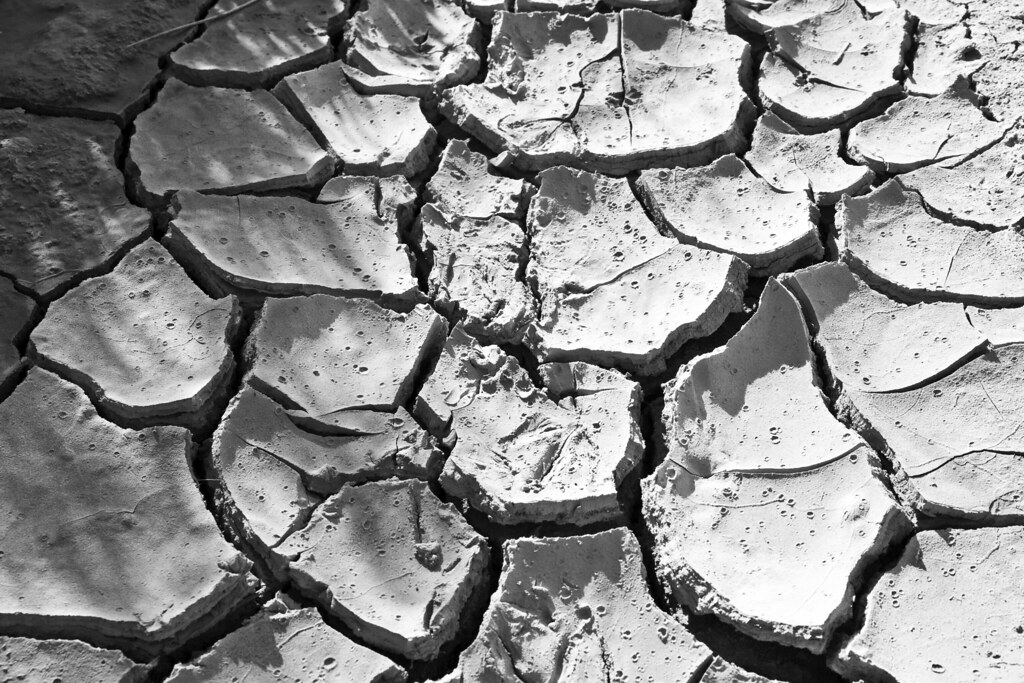58% of California, the peninsula included, is categorized as facing an exceptional drought (the worst category of drought assigned by the United States Drought Monitor). Now more than ever, it is important that we do whatever we can to cut back on our water usage. According to the EPA, the average American family of four uses 400 gallons of water per day, with as much as 70% of that being used indoors. A large portion of that water is used superfluously through appliances and practices that do not maximize performance and efficiency. Here are some tips on how tomake your home more water efficient:
Install Water Efficient Appliances and Fixtures
The EPA has sponsored programs by WaterSense and ENERGYSTAR that identify appliances and fixtures that meet high water efficiency standards by awarding them a WaterSense label. Look to replace faucets, showerheads and other fixtures in your home that might be outdated and inefficient with those that have a WaterSense label.
Replace Old Toilets
Toilets are the main source of water use in virtually every home. Toilets manufactured before 1992 (before the passing of the Energy Policy Act) can use more than 3.5 gallons per flush, while newer toilets can use as little as one gallon per flush. Replacing these older toilets with newer, more efficient toilets will not only help conserve water, but it will also save you a butt-load on your water bill. You can find water efficient toilets at any Home-Depot or Lowes, and you can always look for the WaterSense label to ensure its efficiency.
Check Your Water Heater
Your water heater is a huge energy suck and on average it accounts for around 13% of your energy bill. Your water heater may have a leak without you even knowing it. If it does, it’s probably time to get a new one. You can also make your water heater more efficient by insulating the tank and the first 3-6 feet of the hot and cold water pipes with insulation blankets. You can order insulation blankets here.
Landscaping
Landscape your yard in such a way that it minimizes irrigation needs. Plant shrubs, trees and other vegetation instead of a lawn with grass that needs constant watering. Here are some drought tolerant plants that can be planted in your yard as an alternative to a grass lawn.



No comments:
Post a Comment